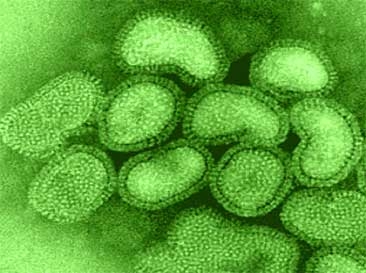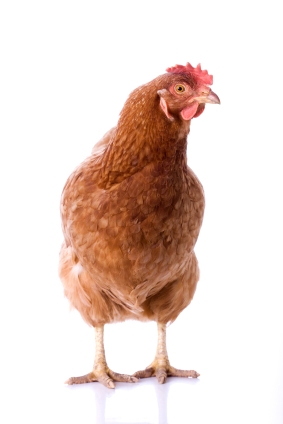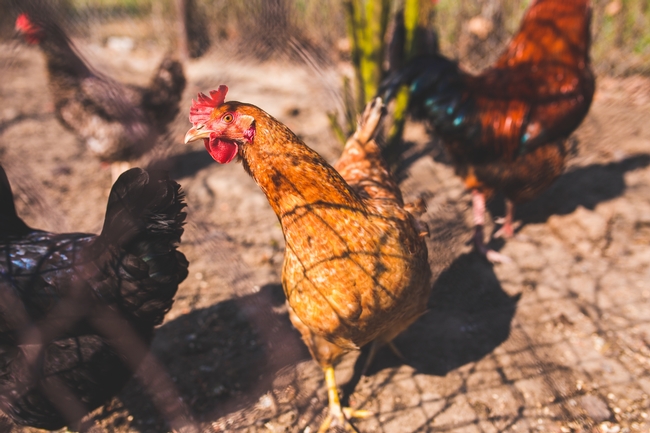Dr Maurice Pitesky, DVM, MPVM, ACMPM, UC Davis School of Veterinary Medicine is major contributor to this blog.
Preparing for Highly Pathogenic Avian Influenza in California:
Tips and Resources for Pasture Poultry Producers and Other Poultry Owners
Note to 'backyard' producers: see link to Poultry Census.
Our temperate winter climates are not only appealing to the estimated 39 million people that reside in California, it is also the perfect habitat for the estimated 6 million ducks and geese that migrate south in the fall and winter. This migration of waterfowl follows the “Pacific Flyway” which traverses Alaska to the southern tip of Chile.
It is estimated that ~5-20% (~300,000 to 1.2 million) of the waterfowl arriving in California every fall are shedding the Avian Influenza (AI) virus. The virus is maintained in the intestinal tract of infected waterfowl and infected birds can shed the virus in their feces for approximately 7 days. Depending on the environmental conditions the virus can remain viable in the environment for months.
The reality that avian influenza is endemic in waterfowl and that they are the primary reservoir of disease is an important fact that we need to be aware of in order to protect our flocks. In addition, while the virus does not typically cause disease in waterfowl and other avian wildlife, certain strains of avian influenza can cause high mortality in domestic poultry. Consequently, it is important to mitigate contact between domestic poultry and waterfowl including shared environments in order reduce the potential for transmission of disease. Therefore, while we know the source of AI, the burden is on us to reduce the risk of transmission of disease to our domestic flocks.
Highly Pathogenic Avian Influenza (HPAI) in North America:

Farm Plan for HPAI
Each poultry operation is unique and should therefore have a operation specific plan in place to address biosecurity. Having a plan in place is also a key component to getting indemnification payment from USDA if there is an outbreak and the flock must be depopulated. California Department of Food & Ag has a Biosecurity Risk Assessment Guide (pdf) to help poultry operations prepare for and deal with biosecurity issues. In addition you can contact the USDA-APHIS if you have specific questions regarding preparation and eligibility for indemnification.
What can you do to protect your flocks in Sonoma and Marin Counties?

Pastured poultry production is a unique approach toward poultry husbandry. However, like all food-animal production systems there are advantages and disadvantages to each system. Bio-Security (the prevention of disease from getting on to your farm and causing disease in your birds) is a significant weakness in pastured poultry production. Learn more at Highly Pathogenic Avian Influenza (HPAI)
BACKYARD POULTRY PRODUCERS
Participate in UCCE's Backyard Poultry Census so that you will be notified if HPAI (or some other deadly disease) is making its way through California poultry
More information about Pasture Poultry can be found at Dr Pitesky's site: UCCE Poultry
Attached Images:

